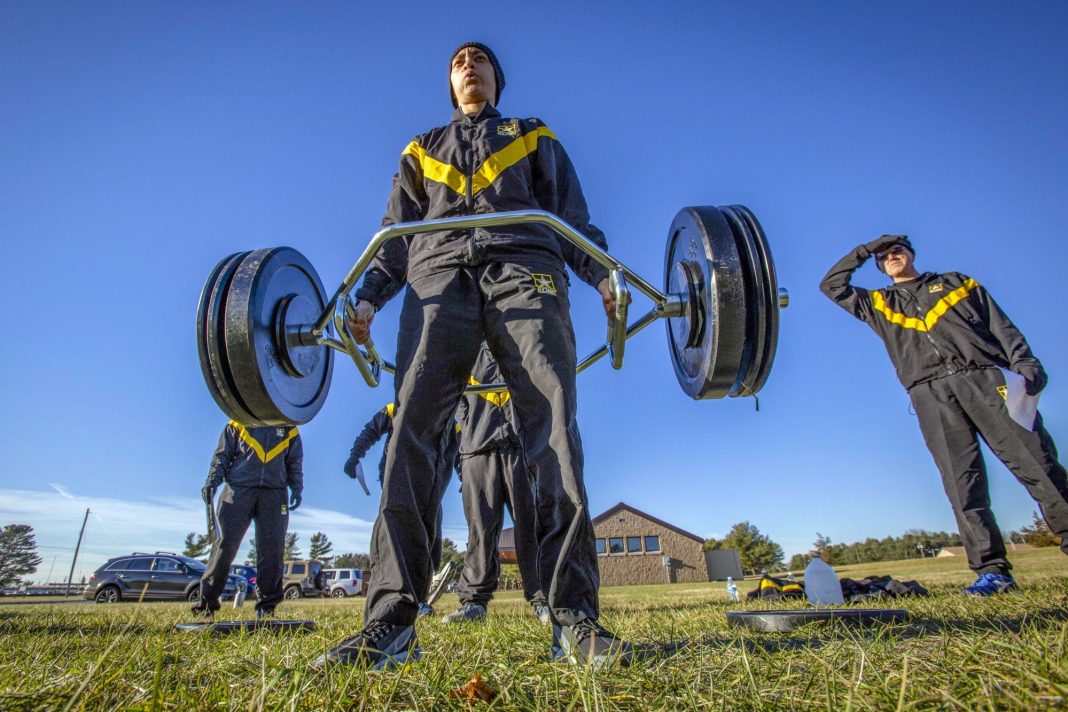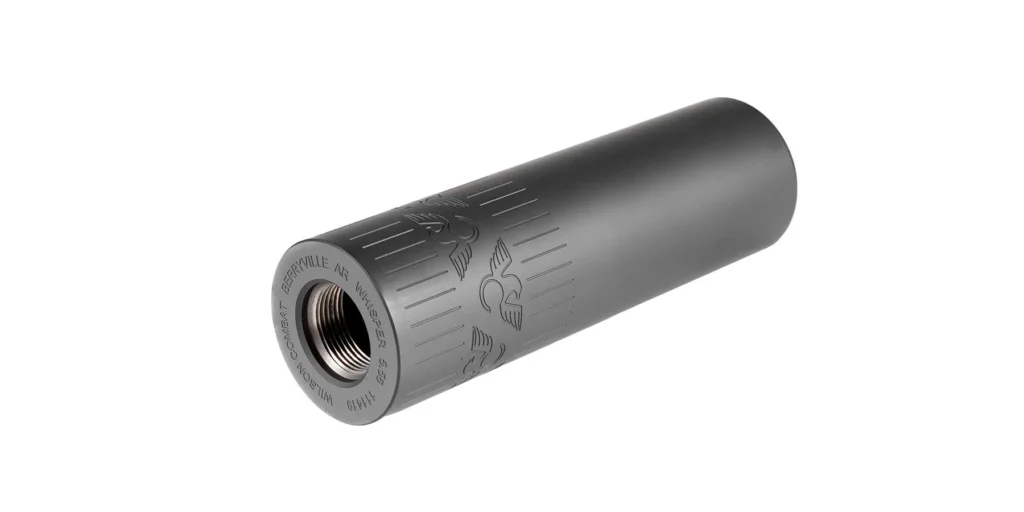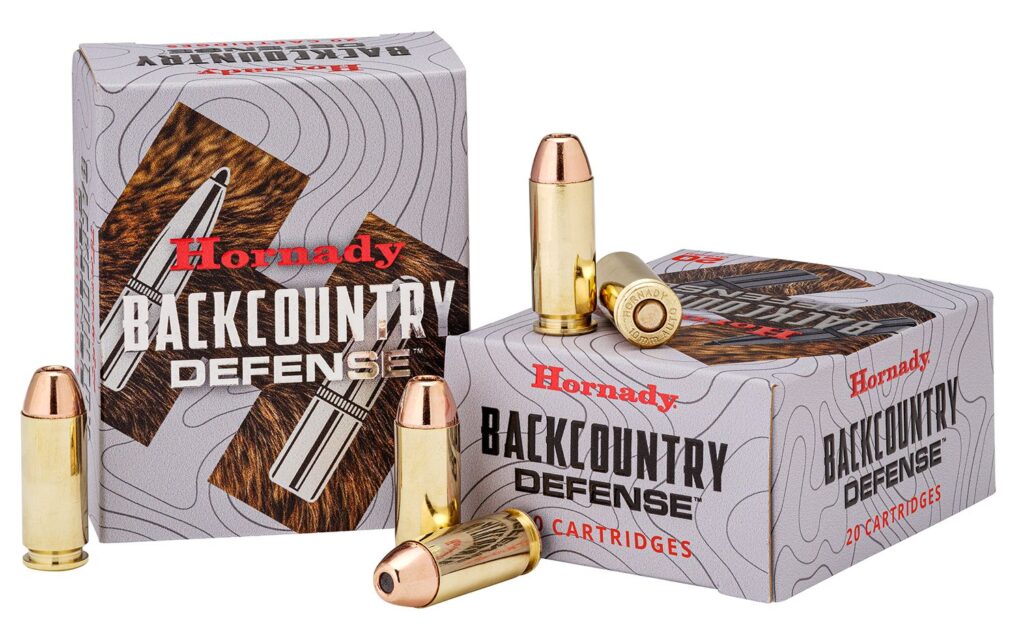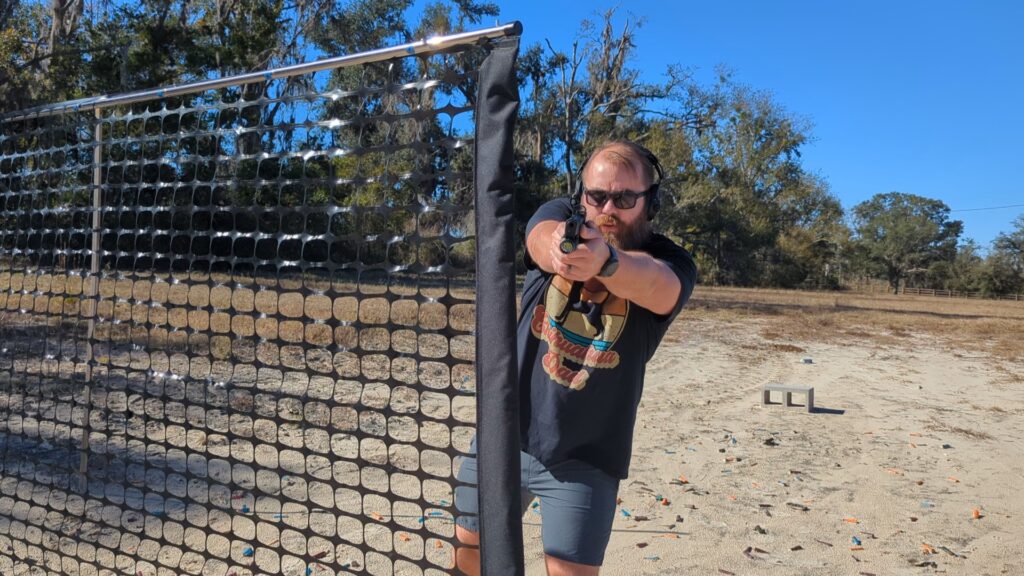Have you ever mixed exercising and shooting? Or maybe you’ve heard it advocated as a good way to train. It’s supposed to induce stress and make life harder on the range. Training on a square range can be a relatively calm affair that can even be a bit boring if you’re an old hand at marksmanship. Adding a little bit of exercise helps simulate a gunfight, right? Well, the answer is a bit more complicated than yes or no.
The main idea is that by inducing physical stress into your shooting, you can simulate the adrenal effects of a gunfight. It’s tough to simulate such a thing safely, so we use physical stress to try to induce mental stress into our shooting. Doing a bunch of burpees, sprints, or other cardiovascular activity certainly makes it harder to shoot, but does it simulate the effects of a gunfight?
Exercise and Gunfights
The short answer is no, not entirely. Physical stress brought about by exercise isn’t going to help simulate the stress created by an adrenaline dump in a fight for your life. We are looking at two different stress factors to contend with. Physical and mental stress. The two can be tied together, but they aren’t double-knotted.
Advertisement — Continue Reading Below
The mental effects of stress can include a total shutdown where you have no idea what to do, so you freeze and do nothing. You can’t simulate that through physical exercise. You can probably still make a shoot/no-shoot decision even if you exhaust yourself. Exercise can’t simulate the rushed increase in heart rate and blood pressure.

It can’t simulate pupil dilation when your adrenaline skyrockets. Exercise cannot simulate the sympathetic nervous system response that gives your body a great burst of energy to react to danger. Your mental response to violence isn’t negative; it can be extremely beneficial, and you can’t simulate that through a bunch of burpees at the range.
Advertisement — Continue Reading Below
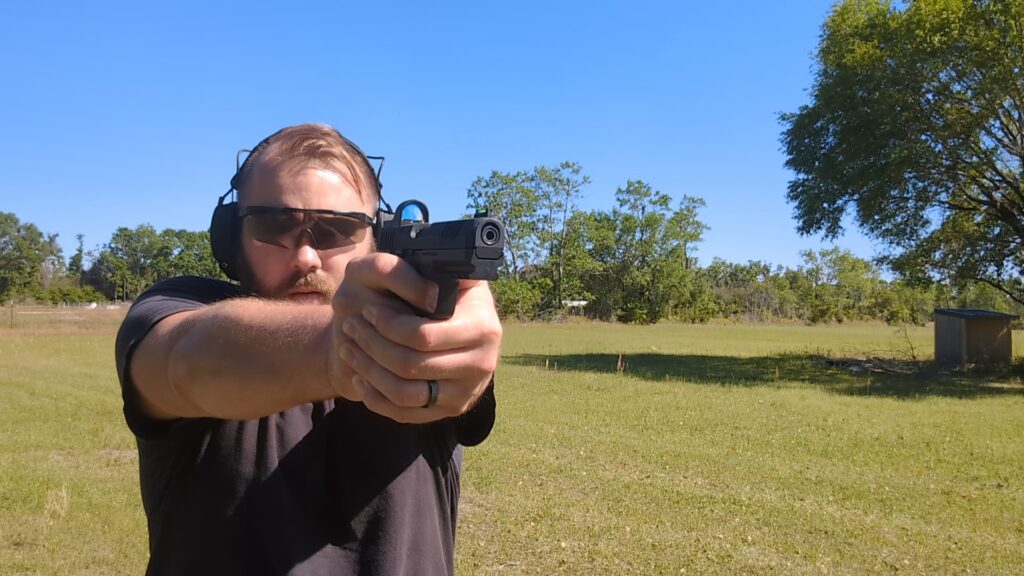
Exercise also can’t simulate the cognitive load associated with a gunfight. Stress-induced cognitive load occurs when your body and brain fight for resources to accomplish tasks under pressure. You’ll be forced to focus on tasking demands while coping with environmental demands.
What Exercise Helps
Who says the gunfight won’t be physical? Sure, it might be a draw to first-round fired, but it could also start with a physical attack. You could be fighting for your literal life and exhausting your body as you throw punches and wrestle.
Advertisement — Continue Reading Below
Maybe you tried to escape? Or maybe you sprinted toward danger? There are lots of situations I can believe that happen in or around a gunfight that could benefit from implementing physical fitness into your firearms training.
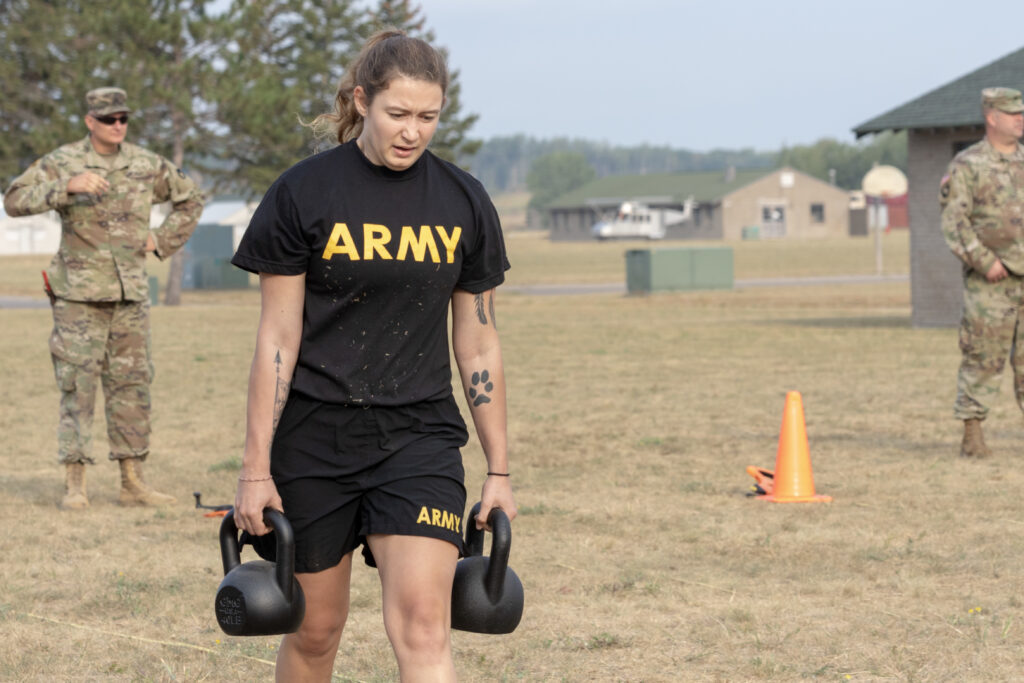
Being used to and prepared to shoot with your heart beating rapidly, sweaty hands, and gasping for air can be beneficial. It can show you what it’s like. While it can be beneficial to train with some exercise thrown in, the best thing you can do is be physically fit. The effects of physical stress can be lessened if you exercise regularly.
Advertisement — Continue Reading Below
How To Induce Stress
Inducing the same amount of stress you’d get in a gunfight can be difficult. It might be impossible. You can implement different forms of stress that provide a cognitive load while shooting. Competition is a great way to trigger that mental stress load.
It won’t meet the fight for your life stress, but it can get you closer. If you can perform at a high level in competition, you’ll be better prepared to deal with a real gunfight.

Advertisement — Continue Reading Below
Another great way to induce stress is to attend force-on-force training. Having the potential of losing a simulated gunfight and getting hit by simmunitions can induce stress. This is especially true if you train in shoot and no-shoot situations where decision-making is required.
Training Hard
The best thing you can do is train regularly and train hard. When the crap hits the fan, you’ll revert back to your lowest level of training. If you’ve trained extensively and taught your body and mind how to draw, shoot, and fight, you’ll be prepared for a fight. It should be a near-unconscious level of skill.
The other best thing you can do is be physically fit because heart disease kills more people than muggers. Physical fitness can help you fight. So exercise, train, and find ways to induce stress.
Advertisement — Continue Reading Below
